Do you have a puppet drawer?
We have lots of puppets in our playroom and in Esther and William’s bedroom
We have glove puppets, hand puppets, pop up puppets and finger puppets of all different shapes and sizes
We have a large collection of animals, from the jungle and the farm
We have characters from nursery rhymes and fairy tales
We have storytelling puppets or song puppets to help bring stories and songs to life
We have noisy puppets and quiet puppets
We have people from around the world
We adore our puppet drawer and play with the contents all of the time
As a teacher I always had a selection of puppets to share with my class
Puppets have so much value in any play and education setting
The best baby and toddler classes we have attended have used puppets to encourage children to join in
At the moment we go to Spanish lessons that feature lots of wonderful puppets to encourage the children to practice their new vocabulary
In the classroom I always had naughty puppets so that the children could tell them the right way to behave or to do something
I always had a shy puppet so that the children could be their voice
I now use similar techniques with Esther and William
And they love it
We have some books with puppets inside and these are very popular
We have puppets to tell the stories of famous picture books
Puppets are great for getting children to talk
Puppets encourage children to ask questions
Puppets teach children about social interaction
Puppets give children the opportunity to develop a character and tell a story
We use puppets as props for storytelling and for songs
Esther and William like looking through our puppet collection
They have just started exploring our puppet theatre from Bigjigs Toys
There is a full review of the puppet theatre coming soon
We are going to be adding to our collection in the coming weeks and months
By making some puppets of our own
Starting simple with sock snakes and 2D puppets
We hope you will come and play
Any puppet can encourage the quietest of children to start talking. Puppets can break down barriers and provide an effective means to initiate communication. The child trusts the puppet and doesn’t feel threatened by it, making it a perfect neutral medium through which they can discuss sensitive issues. The child can express thoughts, fears and feelings through the puppet that they might otherwise find difficult to voice to an adult.
Puppets can assist children with special educational needs. They can motivate and support children with difficulties in communication and interaction. They can help to develop their social and motor skills, and can meet the visual, tactile and emotional needs of the individual child. Large human puppets with glove hands and fingers can be used in conjunction with the different varieties of signing, adding a further dimension in helping children with both hearing difficulties and learning disabilities.
All puppets come to life as characters. They can portray different personalities and various traits and they cross all cultures. Puppets can share joy or sadness; they can be naughty or good, cheeky or shy; and when a child is engaged by a puppet they can learn lessons without even realising.
Puppets provide an essential link between learning and play which makes them wonderful teaching tools for at home, the classroom and in the wider community.
A. Greensmith
Do you have a puppet drawer?
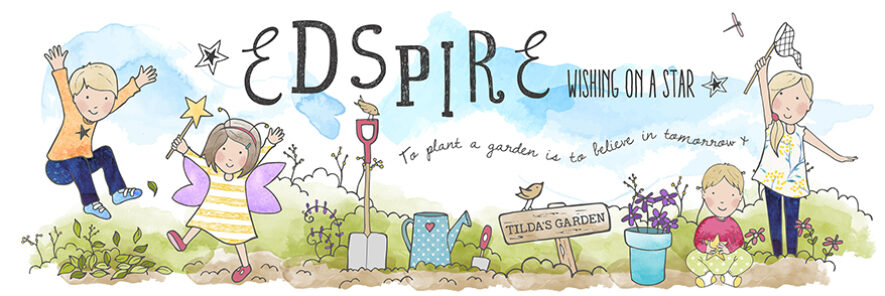
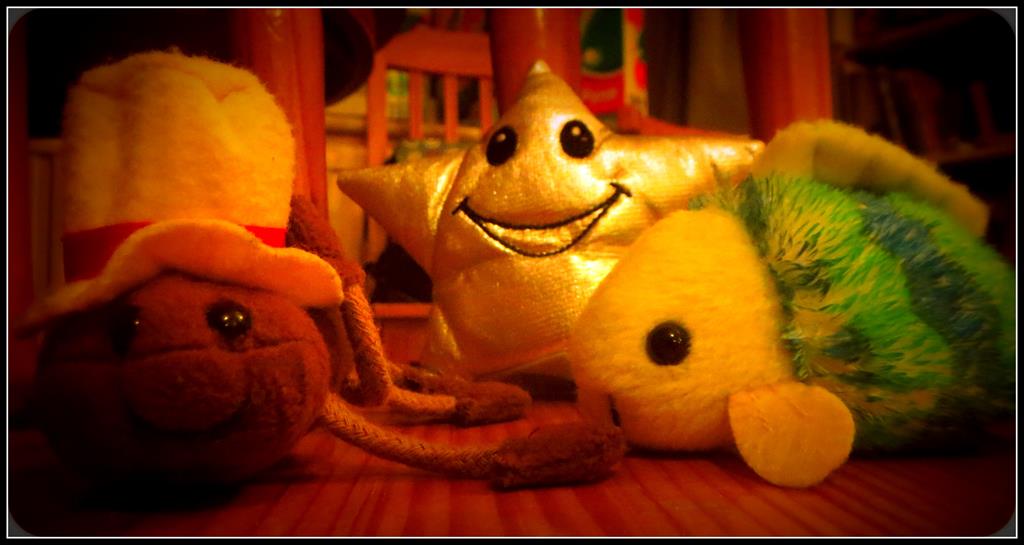
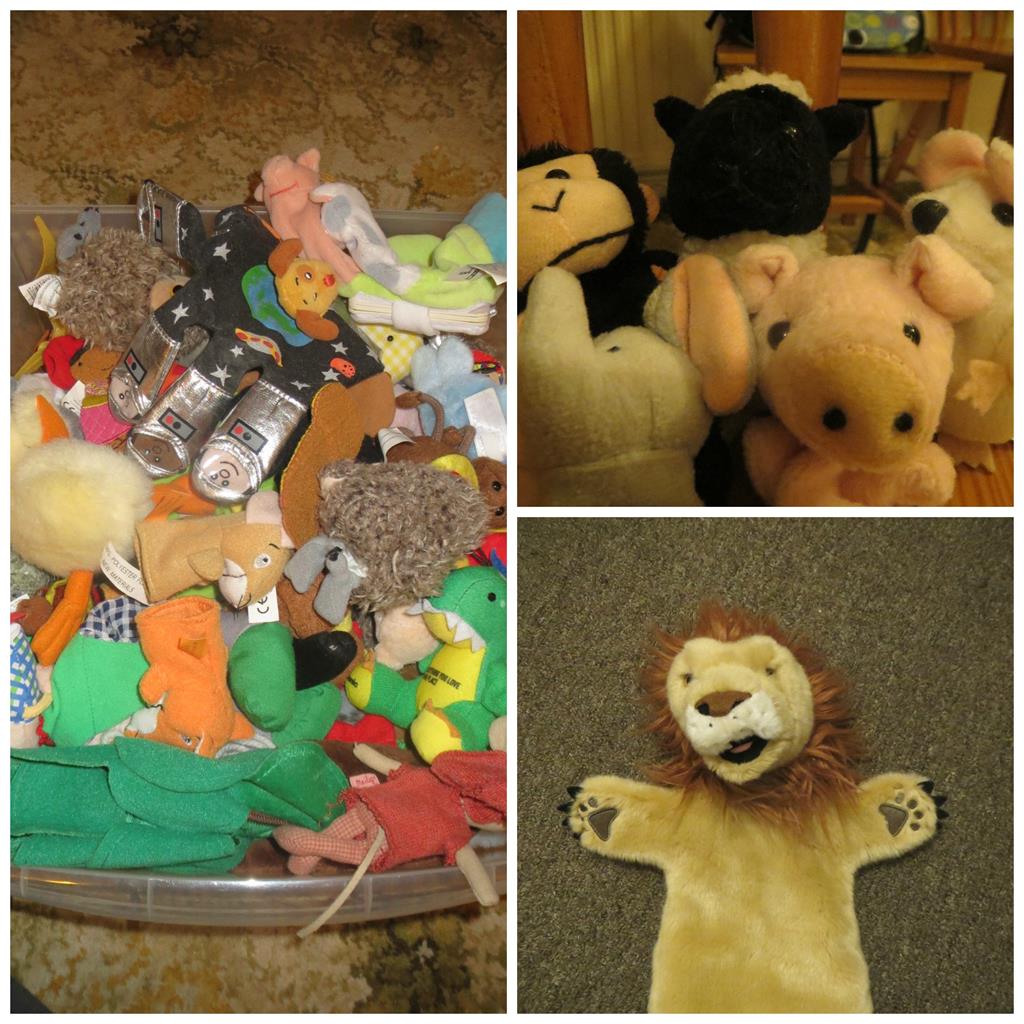
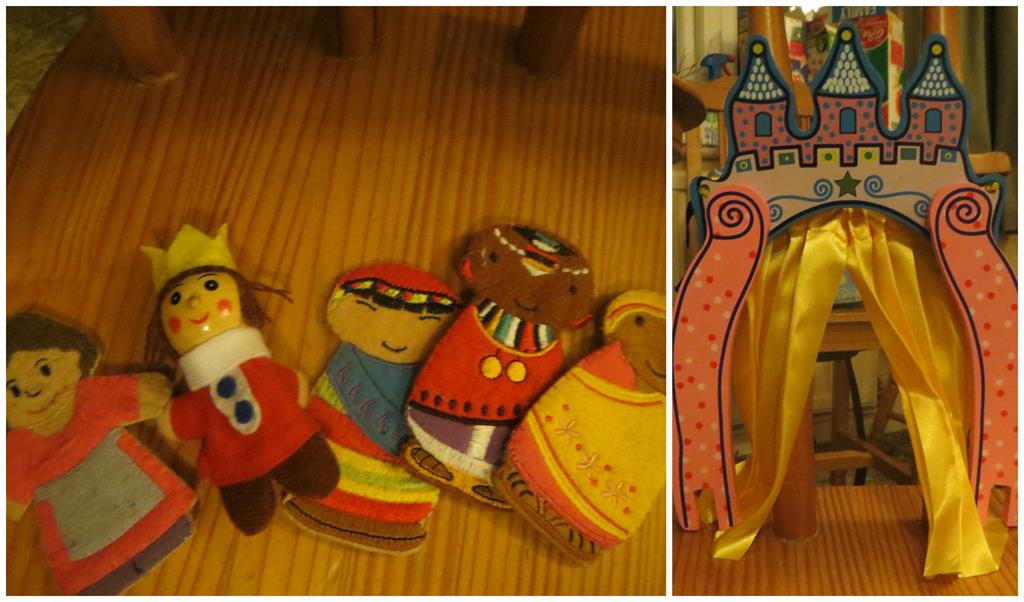
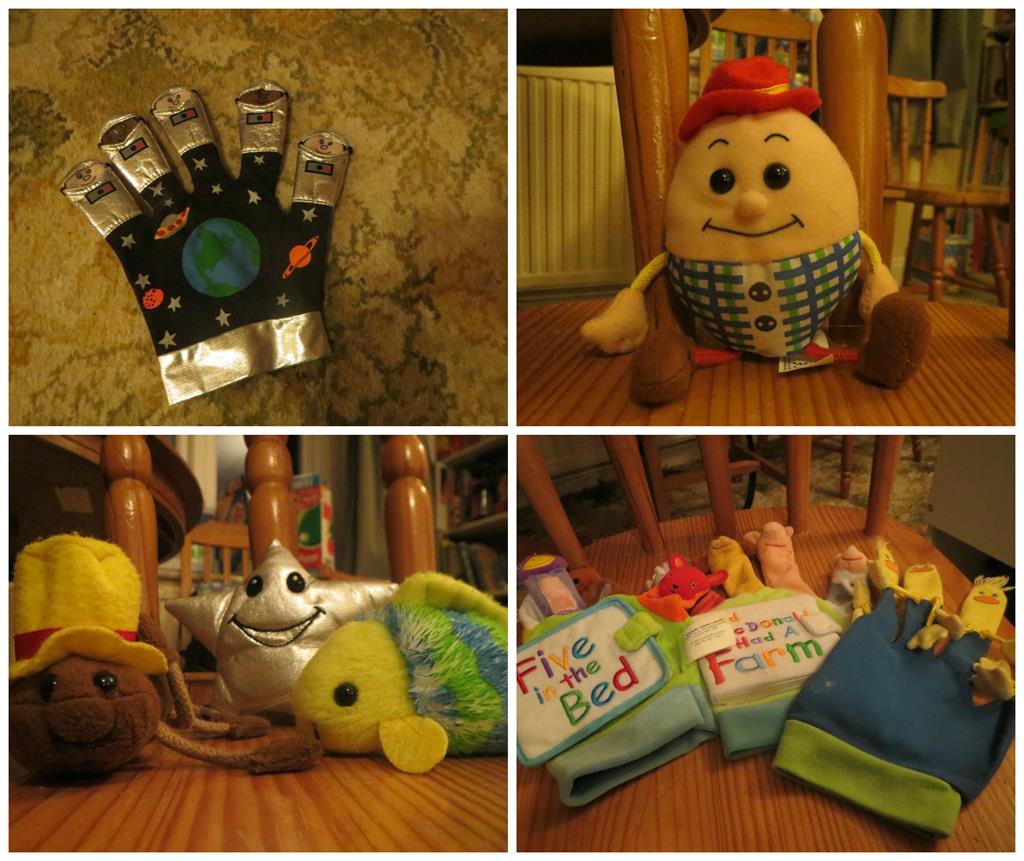
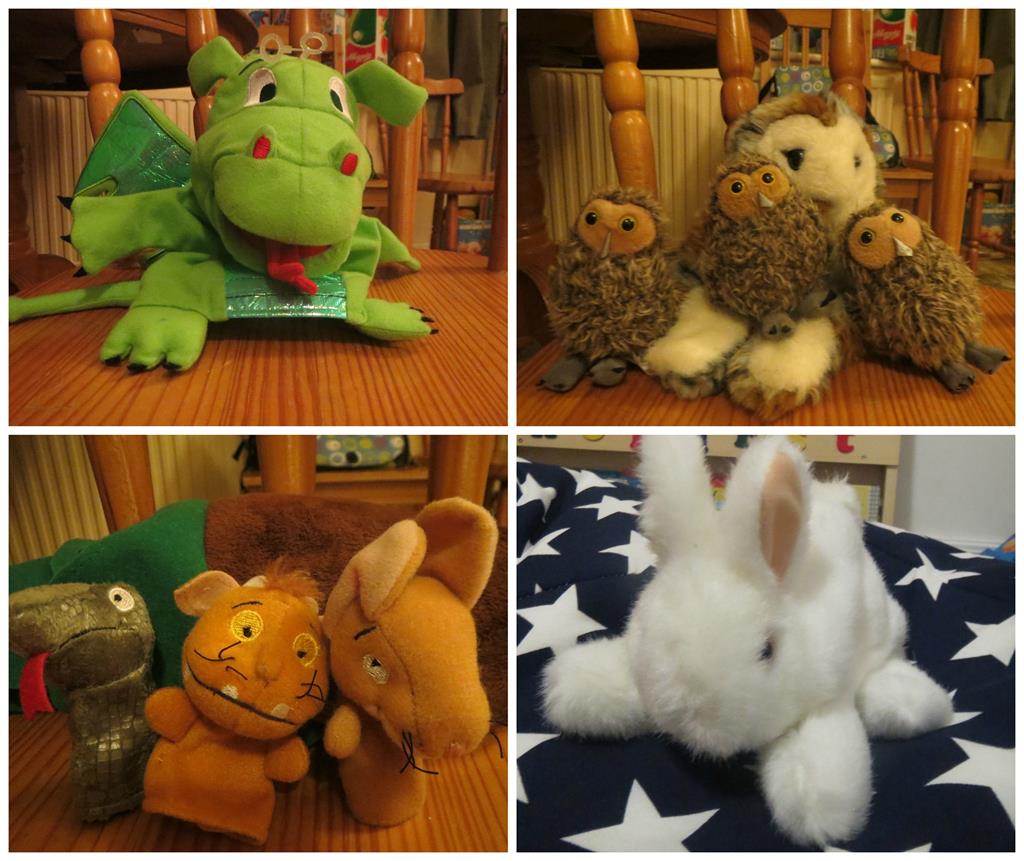
I love your Gruffallo puppets!
I’d love to try making some felt puppets. A lady I knew years ago made her children a set of finger puppets for the song 5 Little Ducks, they were so sweet x
No puppet drawer here, but a large smattering of puppets round the house. They have a general role (fun) here, but also a vital role to get my adopted 6yr old to be able to talk about his pastlife. It’s amazing what children will tell you through a puppet!